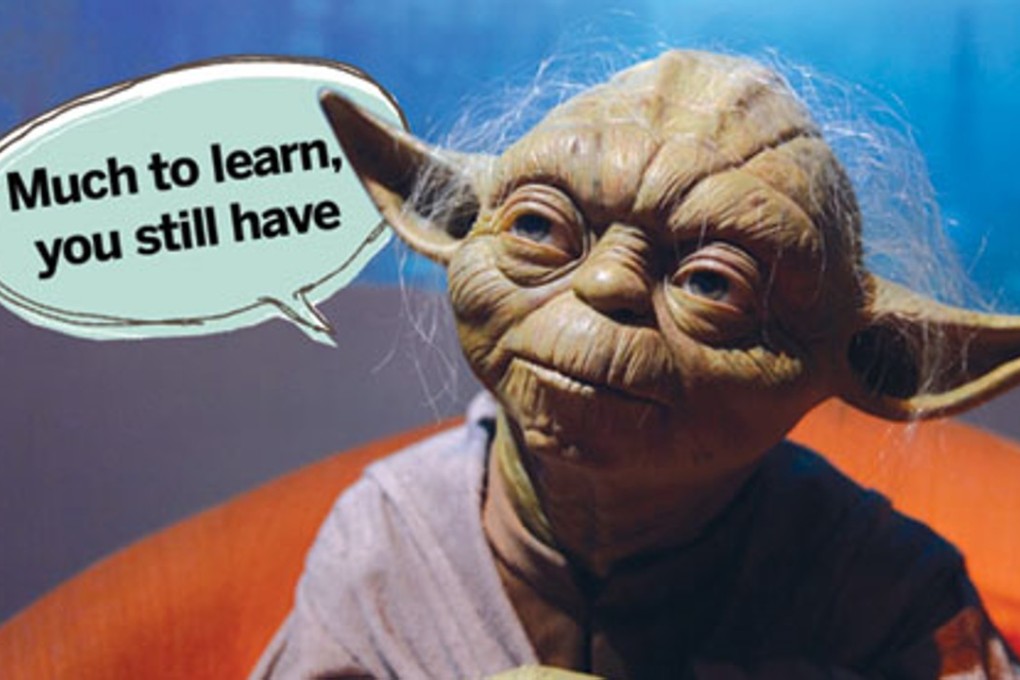Language Matters | On Star Wars Day, decoding the films’ exotic alien languages
Is Yoda actually Hawaiian and are the Ewoks from Tibet? Intergalactic forms of communication owe more to existing languages than you might think

Unless you’ve been living in a galaxy far, far away, you’ll know that May 4th is celebrated as Star Wars Day, playing on the catchphrase “may the force be with you”, where the change of a single sound segment gives a different word (known in linguistics as a minimal pair).
Language matters in the Star Wars universe, where interspecies communication is addressed by droids such as C-3PO that are fluent in more than six million forms of communication, and by an interplanetary lingua franca, Galactic Basic (“English” to film-goers). Most characters display multilingualism in the form of mutual passive bilingualism – understanding the languages of their interlocutor, but continuing to speak their own. Notably, though, the code mixing and translanguaging practices that are widespread on planet Earth are not reflected – not even in that marvellous multilingual marketplace of Mos Eisley Cantina.
It is also notable how several of the alien languages were created for the films based on existing human languages or patterns that sound designers considered “exotic” – in comparison to a Western, anglophone norm.


